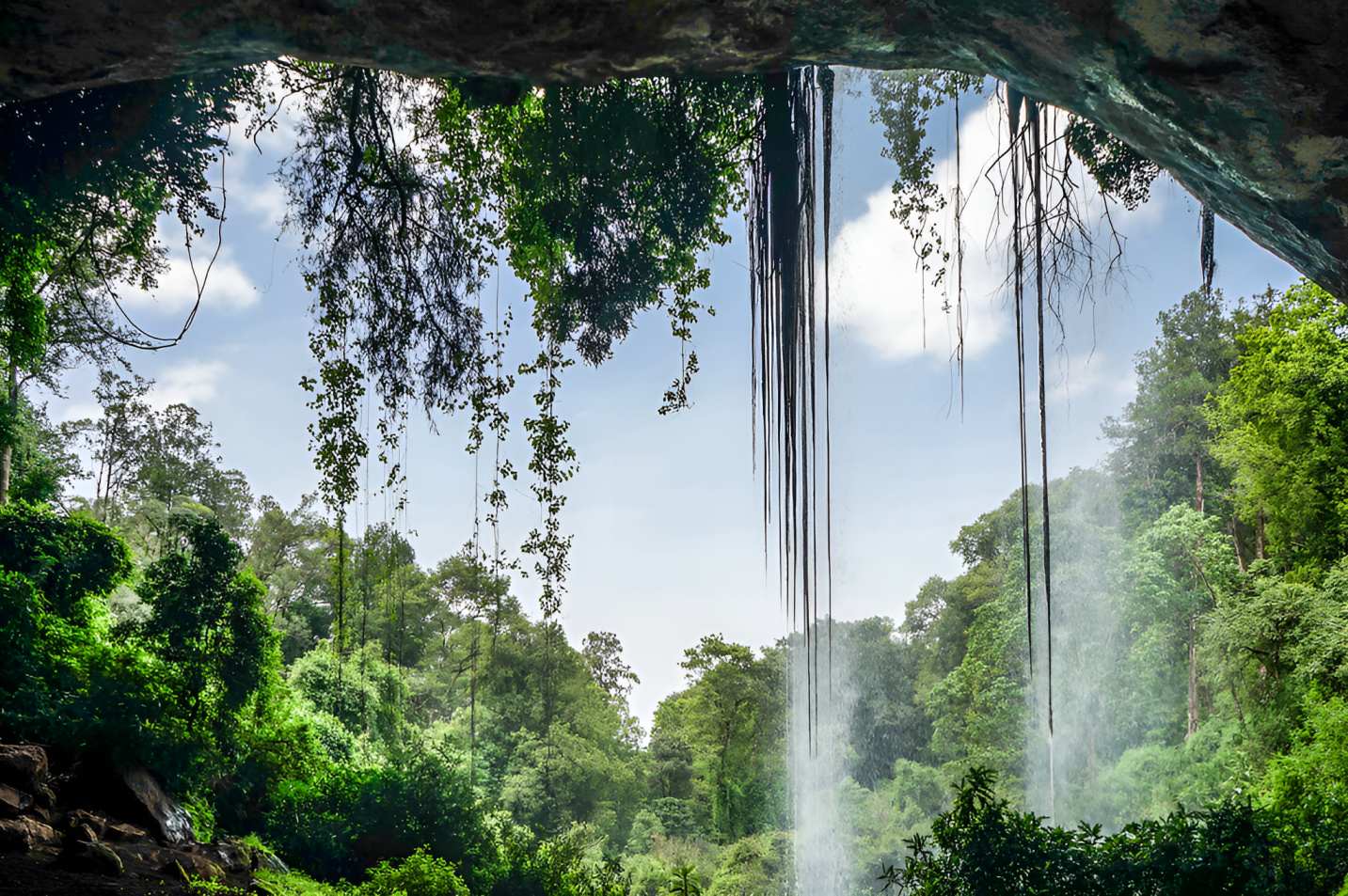Kenya marks world environment day 2025 with spotlight on environmental future

In a country where environmental well-being is closely tied to food security, livelihoods, and economic resilience, the message is especially urgent.
As Kenya commemorates World Environment Day today alongside the international community, the spotlight is firmly on the critical need for ecosystem restoration.
In a country where environmental well-being is closely tied to food security, livelihoods, and economic resilience, the message is especially urgent.
This year’s global theme, focused on reviving ecosystems, urges Kenyans to take decisive action against growing threats such as deforestation, diminishing water resources, and the escalating impacts of climate change.
From the busy streets of Nairobi to the farmlands of Nakuru, World Environment Day 2025 provides a critical moment for Kenya to assess its environmental progress, celebrate key wins, and rally for decisive action toward a sustainable future.
Kenya’s ecosystems its forests, wetlands, and savannas, remain under intense pressure.
The Mau Forest Complex, a key water catchment area, has lost over a quarter of its forest cover in recent decades due to illegal logging and human encroachment, jeopardizing water sources for millions in towns like Nakuru and Eldoret.
Vital wetlands such as Lake Naivasha, which support biodiversity and agricultural livelihoods, are increasingly threatened by pollution and unsustainable water use.
The Kenya Forest Service reports that forest cover has risen to 8.8% from a low of 5.9% in 2000, thanks to national reforestation campaigns.
However, the country still falls short of the 10% target required for environmental resilience.
World Environment Day 2025 serves as a powerful reminder that restoring degraded ecosystems is not only essential for the environment but also crucial to the social and economic well-being of Kenya’s 56 million citizens.
Restoration requires action across all sectors. The government has made notable progress, including the 2017 ban on single-use plastics, which helped reduce pollution in urban areas such as Nairobi and Mombasa.
Yet enforcement remains a major hurdle, with illegal waste dumping still choking waterways like the Nairobi River.
Despite policy gains, implementation gaps threaten progress.
The National Tree Planting Campaign, launched in 2022 with the ambitious goal of planting 15 billion trees by 2032, is a bold initiative but its long-term impact depends on consistent funding, monitoring, and strong community participation.
World Environment Day presents an opportunity for the government to double down on its climate commitments.
Strengthening frameworks like the National Climate Change Action Plan and offering incentives for green energy and sustainable agriculture could accelerate progress.
Kenya’s untapped geothermal reserves in the Rift Valley and solar power developments in places like Garissa hold the promise of positioning the country as a regional renewable energy hub but scaling up requires infrastructure investment and policy support.
The private sector also has a critical role to play. In Nakuru, where Jamii Sacco has recently opened a new branch, financial institutions are well placed to promote green financing, providing loans to support sustainable ventures like organic farming or solar installations.
Small and medium-sized enterprises, the engine of Kenya’s economy, can integrate environmentally friendly practices such as waste reduction and use of biodegradable packaging.
The success of firms like Ecocycle Kenya, which transforms plastic waste into building materials, proves that sustainability and profitability are not mutually exclusive.
World Environment Day 2025 should serve as a catalyst for Kenya’s private sector to embed sustainability in business models contributing to both environmental stewardship and the country’s Vision 2030 development agenda.
At the grassroots, community efforts remain the backbone of Kenya’s environmental resilience. The legacy of Nobel laureate
Still, rural farmers and urban youth require greater support to sustain their environmental efforts be it through training programs, access to quality seedlings, or reliable market linkages for green products.
This World Environment Day, schools from Kisumu to Kilifi are well-positioned to lead change by organizing tree-planting activities and environmental education sessions that instill a culture of sustainability in the next generation.
Kenya’s growing youth climate movement, including active networks like the Kenya Climate Change Working Group, can amplify these initiatives by leveraging social media to raise awareness and mobilize communities.
Individual choices also carry significant weight.
Simple actions like carrying reusable bags, conserving water, or reducing single-use plastics can collectively relieve pressure on the country’s overburdened natural resources.
In densely populated informal settlements such as Kibera, where waste management remains a daily challenge, local clean-up drives can yield immediate, visible improvements and foster a sense of ownership and environmental responsibility among residents.
Nonetheless, systemic obstacles such as the lack of accessible recycling facilities and the high cost of clean energy must be tackled to empower individuals to make lasting environmental choices.
County governments, especially in fast-growing urban centres like Nakuru and Eldoret, need to invest in robust waste management infrastructure and public education campaigns to reinforce grassroots efforts.
Climate justice remains a critical concern in Kenya. Marginalized communities often bear the brunt of climate change, despite contributing little to global emissions.
In Turkana, pastoralists endure prolonged droughts, while rising sea levels threaten livelihoods along the Lamu coastline.
World Environment Day 2025 should be a rallying point for Kenya to push for increased access to global climate finance mechanisms, such as the Loss and Damage Fund, to help vulnerable communities adapt and recover.
At home, devolved funding must prioritize climate-resilient projects like water harvesting systems and drought-resistant agriculture to safeguard the most affected regions.
As the country marks this day, Kenya's environmental landscape reveals both pressing challenges and powerful potential.
The strength of community-led initiatives and the promise of clean energy solutions offer a pathway to a more sustainable future.
In the spirit of Wangari Maathai’s enduring words “We are called to assist the Earth to heal her wounds” let this World Environment Day be a call to action, cooperation, and hope for a greener, more resilient Kenya.
